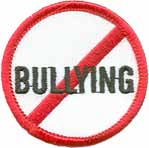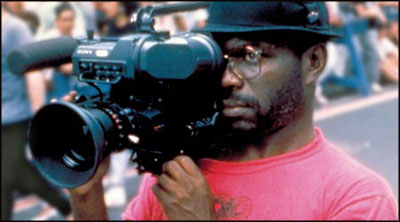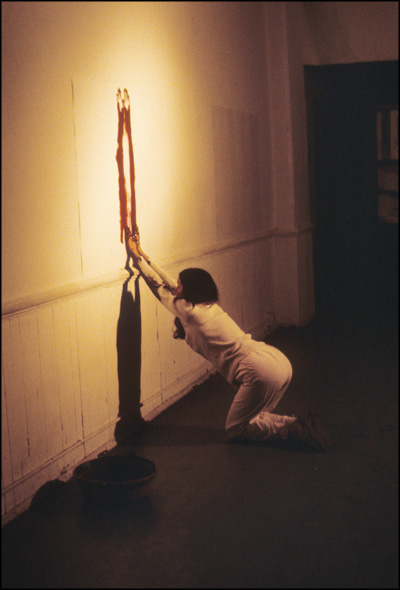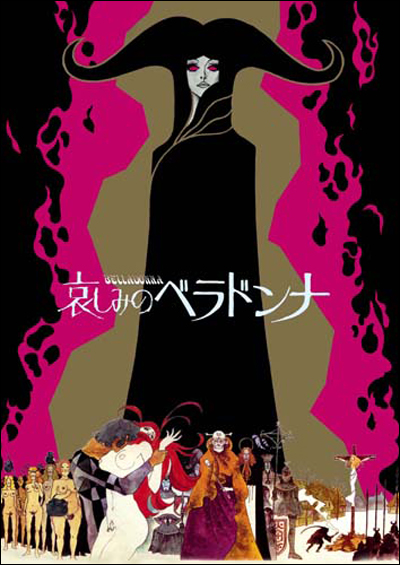Savage’s “It Gets Better” Movement Gains Momentum
As many of you already know, it’s been a heartbreaking month in the US for the LGBTQIA community. The tragic story of 18-year old Rutgers student, Tyler Clementi, who jumped off the George Washington Bridge to his death, is the most high profile in a series of suicides in recent weeks of young people believed to have victims of anti-gay bullying and outright hate crimes. There was Billy Lucas, 15 years old, who hanged himself in a barn in Greensburg, Ind. Asher Brown, 13, who died of a self-inflicted gunshot wound to the head in Houston, TX. Seth Walsh in Tehachapi, CA, also 13, hanged himself from a tree in his backyard. Of course, those are only recent deaths we’ve heard about.
Writer, educator and activist Dan Savage wrote this for his Savage Love column late last month:
Nine out of 10 gay teenagers experience bullying and harassment at school, and gay teens are four times likelier to attempt suicide. Many LGBT kids who do kill themselves live in rural areas, exurbs, and suburban areas, places with no gay organizations or services for queer kids.
“My heart breaks for the pain and torment you went through, Billy Lucas,” a reader wrote after I posted about Billy Lucas to my blog. “I wish I could have told you that things get better.”
I had the same reaction: I wish I could have talked to this kid for five minutes. I wish I could have told Billy that it gets better. I wish I could have told him that, however bad things were, however isolated and alone he was, it gets better.
But gay adults aren’t allowed to talk to these kids. Schools and churches don’t bring us in to talk to teenagers who are being bullied. Many of these kids have homophobic parents who believe that they can prevent their gay children from growing up to be gay—or from ever coming out—by depriving them of information, resources, and positive role models.
Why are we waiting for permission to talk to these kids? We have the ability to talk directly to them right now. We don’t have to wait for permission to let them know that it gets better. We can reach these kids.
So here’s what you can do, GBVWS: Make a video. Tell them it gets better.
Since September 23rd, when Savage posted that initial video of himself and his husband Terry telling their stories and urging kids to hang in there, the “It Gets Better” video outreach project has been growing in leaps and bounds, gaining coverage, support and involvement from all over the place, including NPR, the ACLU, and hundreds of vloggers on YouTube. On Thursday, Ellen Degeneres aired her own “It Gets Better” segment and updated an End Bullying page on her website.
This wonderful project was launched specifically to help LGBTQI youth get through the hard times, but as many participants have noted, it’s a sentiment that can be applied more broadly to freaks, geeks, weirdos, outcasts and oddballs of all stripes. Hang in there, kittens. It really does get better. Meantime, there are tons of resources to tap into: The Trevor Project, Scarleteen, We Give a Damn, We Are The Youth, I’m From Driftwood, PFLAG, We’ve Got Your Back, and a wide assortment of National Crisis Hotlines, for starters. You are not alone.
To share your story of how you got through the rough shit and how life really, truly did get better, create your video, post it to YouTube, and send the URL to mail (at) savagelove.net. They’ll review it and post it to their FAVES section. Bless you, Dan Savage. You’re a mensch.









